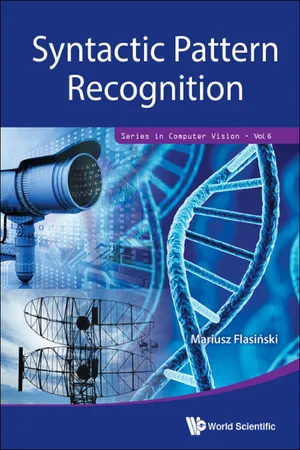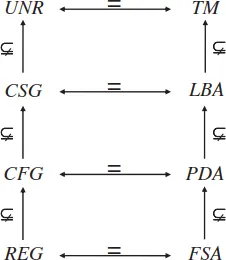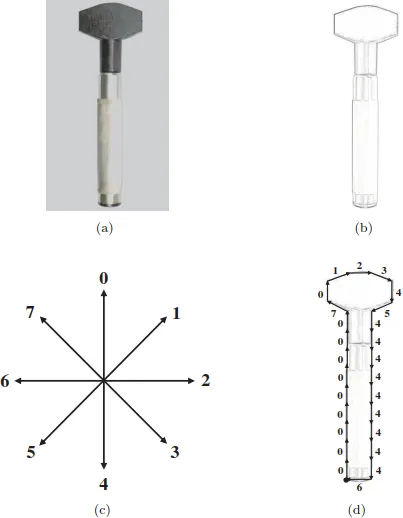
- 404 pages
- English
- ePUB (mobile friendly)
- Available on iOS & Android
Syntactic Pattern Recognition
About This Book
This unique compendium presents the major methods of recognition and learning used in syntactic pattern recognition from the 1960s till 2018. Each method is introduced firstly in a formal way. Then, it is explained with the help of examples and its algorithms are described in a pseudocode. The survey of the applications contains more than 1,000 sources published since the 1960s. The open problems in the field, the challenges and the determinants of the future development of syntactic pattern recognition are discussed.
This must-have volume provides a good read and serves as an excellent source of reference materials for researchers, academics, and postgraduate students in the fields of pattern recognition, machine perception, computer vision and artificial intelligence.
Contents:
- Preface
- Nomenclature
- Introductory Issues:
- Paradigmatic Considerations on Syntactic Pattern Recognition
- Methodology of Syntactic Pattern Recognition
- String-Based Models:
- Pattern Recognition Based on Regular and CF Grammars
- Enhanced String-Based Models for Pattern Recognition
- Inference (Induction) of String Languages
- Applications of String Methods
- Tree-Based Models:
- Pattern Recognition Based on Tree Languages
- Inference (Induction) of Tree Languages
- Applications of Tree Methods
- Graph-Based Models:
- Pattern Analysis with Graph Grammars
- Inference (Induction) of Graph Languages
- Applications of Graph Methods
- Future of Syntactic Pattern Recognition:
- Summary of Results and Open Problems
- Methodological Issues
- Appendix: Formal Languages and Automata — Selected Notions
- Bibliography
- Index
Readership: Professionals, researchers, academics, and postgraduate students in pattern recognition, image analysis, machine perception, computer vision and artificial intelligence.Syntactic Pattern Recognition;Computer Vision;Pattern Recognition00
Frequently asked questions
Information
PART 2
STRING-BASED MODELS
Chapter 3
Pattern Recognition Based on Regular and CF Grammars









3.1 Recognition with Finite-State Automata
Table of contents
- Cover page
- Title page
- Copyright
- Dedication
- Preface
- Nomenclature
- Contents
- Introductory Issues
- String-based Models
- Tree-based Models
- Graph-based Models
- Future of Syntactic Pattern Recognition
- Appendix A Formal Languages and Automata - Selected Notions
- Bibliography
- Index